Hair relaxing and rebonding are two popular hair treatments that can transform the texture and appearance of your hair. While both processes aim to straighten the hair, they differ in technique, results, and overall impact on your hair’s health. Understanding the differences between these treatments is essential for making informed decisions about which option best suits your hair type, desired outcome, and lifestyle.
Let’s explore the nuances between hair relaxing and rebonding at a hair salon in Malaysia to help you choose the right treatment for your hair needs.
What is Hair Relaxing?
Hair relaxing is a chemical process used to straighten curly or kinky hair. During this treatment, a relaxer, typically containing lye or other alkaline substances, is applied to the hair to break down its natural structure and alter its texture.
This results in smoother, more manageable hair that is easier to style. Hair relaxing treatments in Malaysia can help reduce frizz, make detangling easier, and give individuals a sleeker appearance.
4 Benefits of Hair Relaxing
There are several benefits you can get from hair relaxing, such as:
1. Less Frizzy Hair
Hair relaxing reduces frizz by smoothing hair follicles, resulting in a sleeker style with less effort.
2. Reduced Knotting and Tangling
Relaxer eliminates kinks and bends from natural hair, making combing easier and reducing breakage.
3. Minimal Shrinkage
Relaxed hair experiences minimal shrinkage compared to curly hair, eliminating the need for constant stretching.
4. Time-Saving
Without the need for stretching and detangling, less time is required for hair maintenance, allowing for easier styling.
Hair relaxing vs keratin treatments are popular options for achieving smoother, more manageable hair. Still, they differ in their methods and effects on the hair’s texture and structure.
What is Hair Rebonding?
Rebonding hair is also known as thermal reconditioning or Japanese straightening. Originating in Japan and gaining popularity among Asian communities, this hair straightening technique involves using chemicals and heat to straighten the hair.
Strong chemicals like ammonium thioglycolate, guanidine hydroxide, or sodium hydroxide, combined with a perming solution, are applied to break the hair bonds. Hairdressers then use a hot flat iron to achieve straightness. The result is typically smooth, straight hair with a natural texture lasting up to seven months.
4 Benefits of Hair Rebonding
Now that you have an insight into what hair rebonding in Malaysia does to your hair, let’s dive into the perks it brings:
1. Straighter Hair
Hair rebonding effectively straightens curly or wavy hair, resulting in a sleek and smooth appearance.
2. Long-lasting Results
The effects of hair rebonding typically last several months, providing prolonged straightness and manageability.
3. Reduced Styling Time
Rebonded hair requires less time and effort to style, as it is easier to comb through and less prone to frizz.
4. Versatility
Rebonded hair offers versatility in styling options, allowing individuals to experiment with different hairstyles while maintaining a sleek and polished look.
What Are the Differences Between Hair Relaxing vs Rebonding?
While both hair relaxing and rebonding aim to achieve straighter hair, there are some differences between the two treatments.
Here’s a comparison between hair relaxing and rebonding:
| Features | Hair Relaxing | Rebonding |
| Main Objective | Soften and loosen curls | Achieve straight, sleek hair |
| Technique | Chemical process to soften curls | Chemical process to straighten hair |
| Chemicals Used | Lye-based or non-lye relaxers | Ammonium thioglycolate, guanidine hydroxide, or sodium hydroxide |
| Duration | Results last approximately 6-8 weeks | Results last up to 6-12 months |
| Maintenance | Requires touch-ups every few weeks | Low-maintenance, occasional touch-ups |
| Styling Versatility | Allows for some curl retention | Typically results in straight hair with minimal curl retention |
| Hair Damage Risk | Can cause damage or breakage, especially with frequent use | Potential for hair damage, especially if not properly managed |
This table concisely compares the differences between hair relaxing and rebonding, including their techniques, objectives, chemicals used, duration of results, maintenance requirements, styling versatility, and risks of hair damage.
Factors to Consider Before Choosing Between Relaxing Hair vs Rebonding
Choosing between relaxing hair and rebonding is a significant decision that depends on various factors, including your hair type, lifestyle, maintenance preferences, and desired results.
Here are some key factors to consider before making your choice:
1. Know Your Hair Type
Consider your natural hair type, including its texture, thickness, and condition. Relaxing is typically better suited for curly or wavy hair, while rebonding is more effective for straightening curly or frizzy hair.
2. Condition of Your Hair and Scalp
Assess the current condition of your hair and scalp. Both relaxing and rebonding involve chemical treatments that can damage hair if not done correctly or if the hair is already compromised. It’s essential to prioritise the health of your hair and scalp when deciding.
3. Desired Results
Think about the specific look you want to achieve. Relaxing typically loosens curls and waves, while rebonding creates straight, sleek hair. Consider whether you prefer a more natural-looking result or a completely straightened appearance.
4. Maintenance
Determine your willingness and ability to maintain your chosen hairstyle. Relaxed hair requires regular touch-ups every few months to maintain the straightened texture, while rebonded hair needs careful maintenance to prevent damage and maintain straightness.
5. Price Range of the Treatment
Compare the costs of both treatments, including initial application, touch-ups, and maintenance products. Remember that while relaxing treatments may be less expensive initially, they require more frequent touch-ups, which can add up over time.
If you are thinking of getting a perm after a hair relaxing treatment, there are various types of hair perms, each offering different curl patterns and styles to suit individual preferences and hair types. However, you are advised to wait until your hair has grown out a bit to avoid hair damage.
Conclusion
Hair relaxing and rebonding are two different chemical treatments that offer distinct results. Hair relaxing loosens the natural curls, making the hair more manageable and straighter, while hair rebonding alters the hair structure to achieve a pin-straight look. The choice between the two treatments depends on hair type, desired outcome, and long-term commitment.


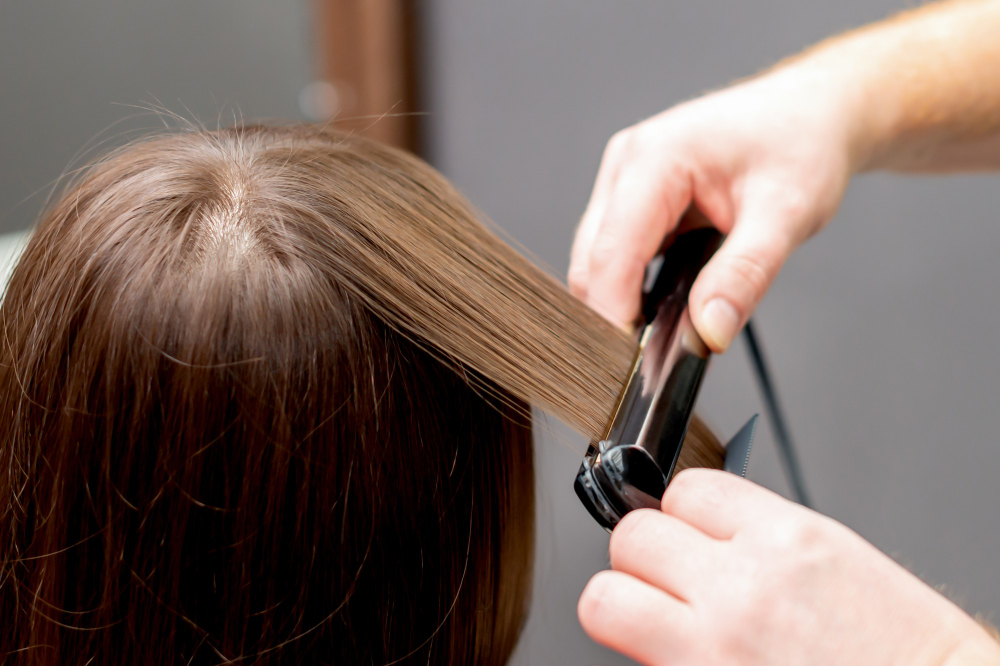
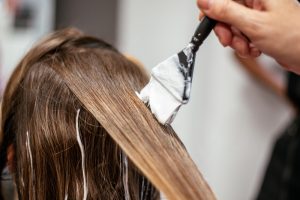
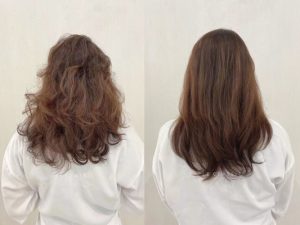
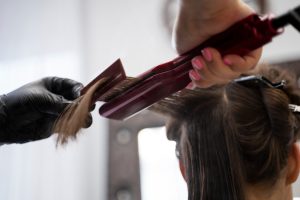
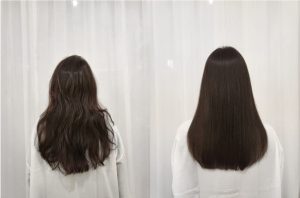
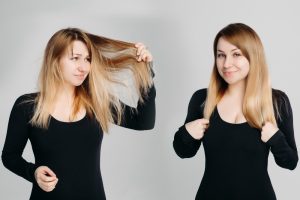





Recent Comments